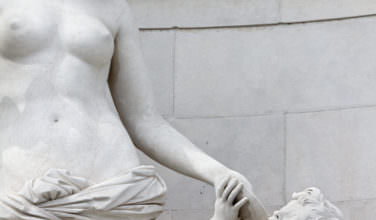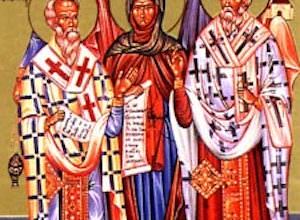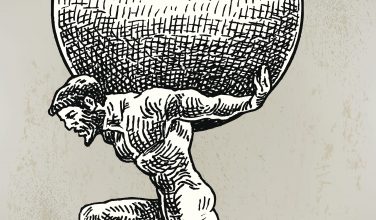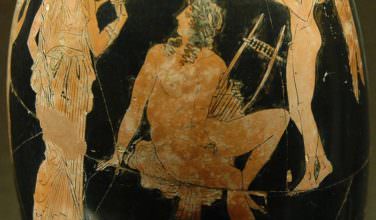About the Phratry of Ancient Greece
Comments Off on About the Phratry of Ancient Greece
 A phratry in ancient Greece is a group of citizens located in certain city-states. Their existence was most common in Athens and the majority of Ionian states. Their responsibilities and functions remain unknown. In Athens, phratries were prominent in religious and social life including the Apatouria festival, and they were also important in determining citizenship. Here is more information about this key social group of Ancient Greece:
A phratry in ancient Greece is a group of citizens located in certain city-states. Their existence was most common in Athens and the majority of Ionian states. Their responsibilities and functions remain unknown. In Athens, phratries were prominent in religious and social life including the Apatouria festival, and they were also important in determining citizenship. Here is more information about this key social group of Ancient Greece:
General History of the Phratries
Although the origins remain unknown, the possibility exists they were Ionian and migrated during the Mycenaean period. This explanation is favored by certain scholars since phratries were present in the majority of Ionian city-states. It is also possible Athenian phratries emerged separately. The word phratry has similarities to the word brother in Indo-European languages and derivations.
History of the Phratries Prior to the 5th Century
The majority of information is derived from the law of homicide dating to approximately 620 BCE. Phratries are mentioned by Homer in his works with an implication their establishment occurred before his time. Draco detailed who can issue a pardon for a murderer including immediate family first, then extended family and members of the phratry.
Athenian institutions were reorganized in 508 BCE ensuring Athens was less artistic and more democratic. The demes were created and the phylai reconstituted and reorganized. It remains unknown if the phratries were reformed. The belief is phratries were the most important in Athens between the fifth and third centuries BCE. Although the number of phratries is unknown, nine have been identified.
Obtaining Phratry Membership
With few exceptions, phratries were limited to male adult citizens descended from male members of the phratry. Naturalized citizens were the only known exception. The basis of Athenian citizenship qualifications were descendants from the fathers. This later included the mothers as well. Citizen qualifications changed in 451 BCE to include two Athenian parents.
Phratries and the Apatouria Festival
The most prominent, important and largest phratry festival was called the Apatouria. The festival lasted for three days during Pyanepsion, an Athenian month. The specific rituals were dependent on the phratry. The Gamelia, Meion and Kourion were the most important. New wives were introduced, welcomed and accepted during the Gamelia ritual.
During the Meion ceremony, male children of the members were introduced to the phratry. There is no indication of rules determining when a child could be submitted for the ceremony. During the Koureion, male children were introduced for the second time, most likely during adolescence. The male was then considered a full phratry member.
Demotionodai Decree
The Demotionodai Decree provides details for the phratry scrutiny process after the Peloponnesian War. Any potential inductees deemed ineligible for membership were fined in addition to the individual making the introduction. According to the Demotionodai, candidate membership scrutiny should be publicized in Decelea and Athens.
Unfortunately, the only record of citizenship dates to the Peloponnesian War. These records show although Plateans were allowed to enroll in demes, Heroes and Samiams of Phyle were unable to do so. The belief is citizenship was limited and no other groups were present not including membership in a phratry. No reliable records have been found regarding citizens not enrolled in a phratry.
Source:
Categorized in: Ancient Greek History
This post was written by Greek Boston





